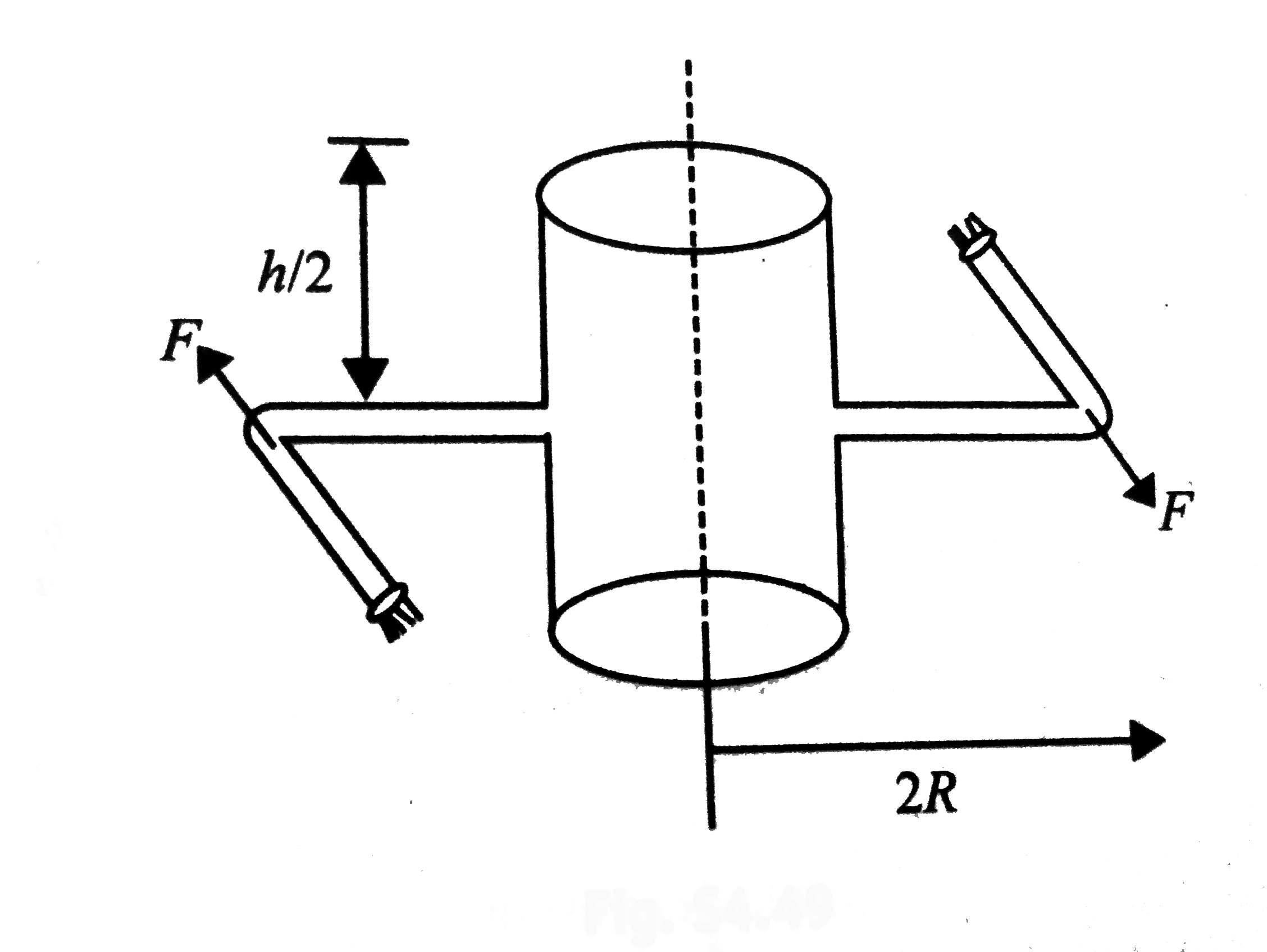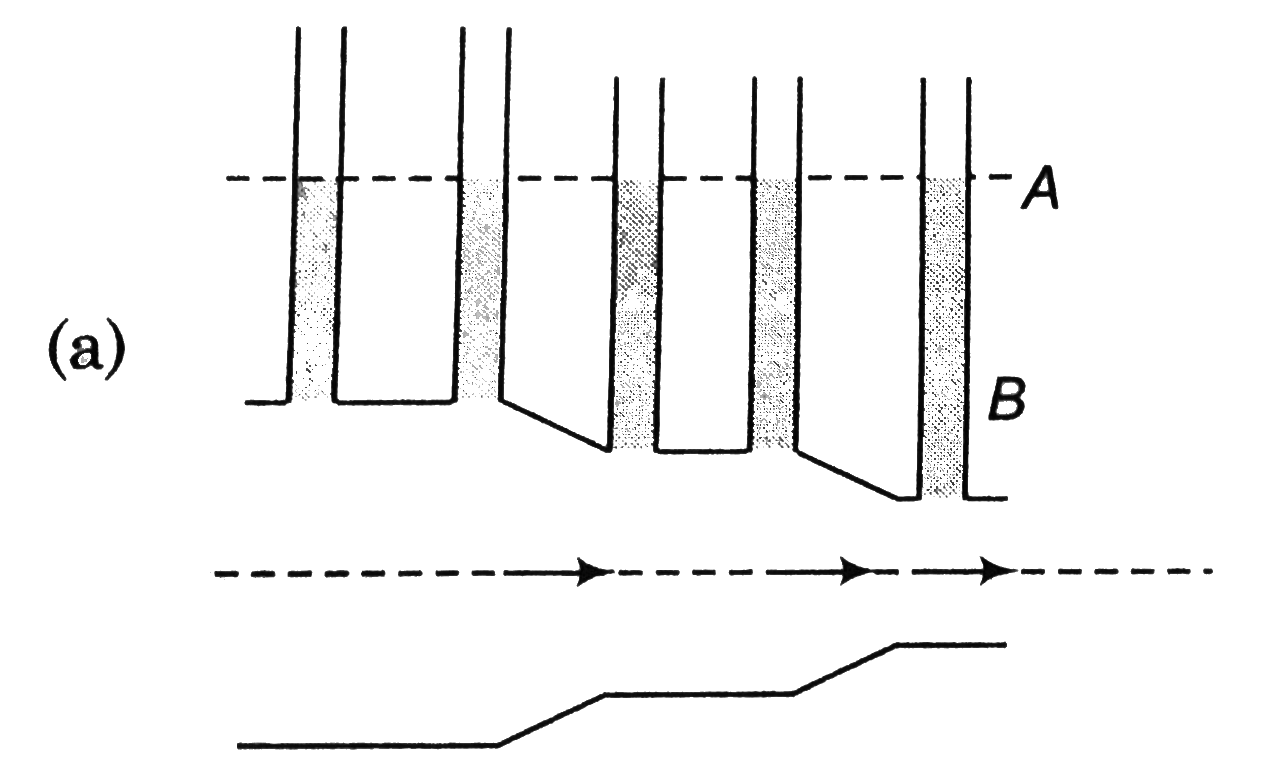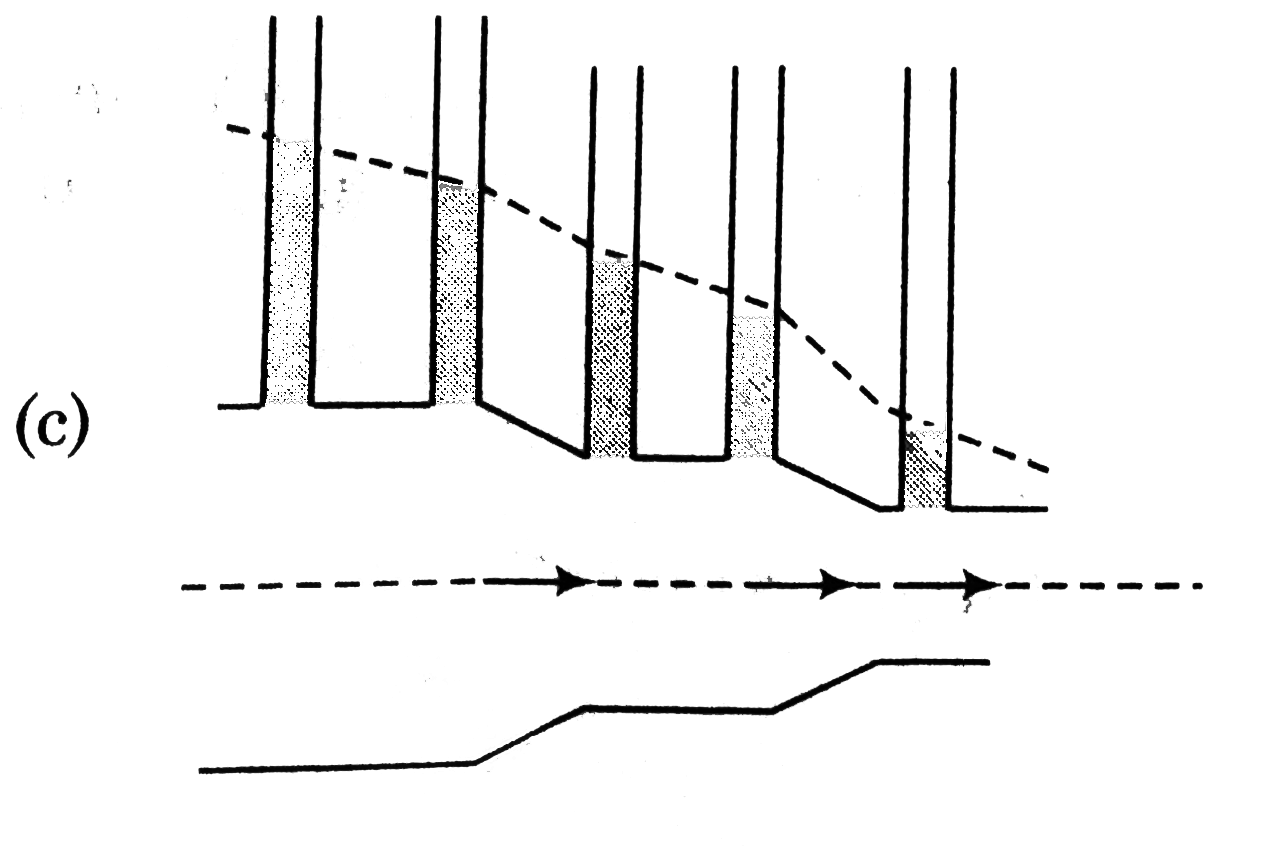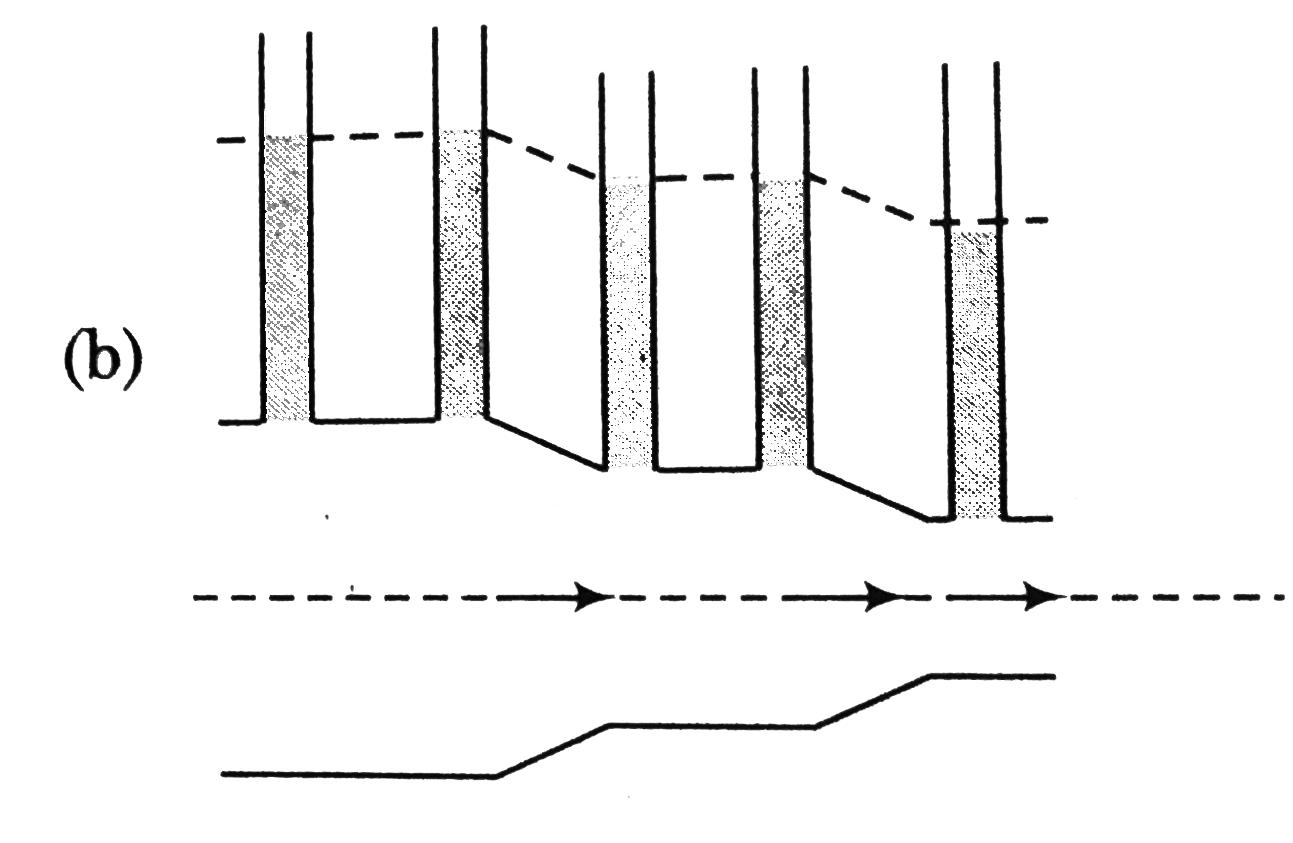A
B
C
D
Text Solution
Verified by Experts
The correct Answer is:
|
Topper's Solved these Questions
FLUID MECHANICS
CENGAGE PHYSICS|Exercise Multipe Correct|15 VideosView PlaylistFLUID MECHANICS
CENGAGE PHYSICS|Exercise Assertion-Reasoning|8 VideosView PlaylistFLUID MECHANICS
CENGAGE PHYSICS|Exercise Subjective|25 VideosView PlaylistDIMENSIONS & MEASUREMENT
CENGAGE PHYSICS|Exercise Integer|2 VideosView PlaylistGRAVITATION
CENGAGE PHYSICS|Exercise INTEGER_TYPE|1 VideosView Playlist
Similar Questions
Explore conceptually related problems
Knowledge Check
A
B
C
D
Submit
A
B
C
D
Submit
A
B
C
D
Submit
Similar Questions
Explore conceptually related problems
CENGAGE PHYSICS-FLUID MECHANICS-Single Correct
- A sphere of solid material of specific gravity 8 has a concentric sphe...
04:58
|
Play - A liquid is kept in a cylindrical vessel which is rotated along its ax...
04:53
|
Play - A cylindrical container of radius 'R' and height 'h' is completely fil...
05:23
|
Playing Now - A block of silver of mass 4 kg hanging from a string is immersed in a ...
04:43
|
Play - A vessel contains oil (density =0.8gm//cm^3) over mercury (density =13...
02:58
|
Play - Figure shows water filled in a symmetrical container. Four pistons of ...
03:56
|
Play - An open tank 10 m long and 2 m deep is filled up to 1.5 m height of oi...
05:40
|
Play - A U-tube of base length l filled with the same volume of two liquids o...
05:27
|
Play - A narrow tube completely filled with a liquid is lying on a series of ...
04:59
|
Play - The velocity of the liquid coming out of a small hole of a vessel cont...
06:02
|
Play - A non-uniform cylinder of mass m, length l and radius r is having its ...
05:19
|
Play - A square box of water has a small hole located the bottom corners. Whe...
02:56
|
Play - A cylindrical block is floating (partially submerged) in a vessel cont...
04:17
|
Play - For the L-shaped vessel shown in the figure, determine the value of ac...
02:20
|
Play - A block of wood is floating in water in a closed vessel as shown in th...
05:03
|
Play - A U-tube is partially filled with water. Oil which does not mix with w...
03:23
|
Play - An empty balloon weighs W. If air equal in weight to W is pumped into ...
03:26
|
Play - A wooden block is floating in a liquid. About 50% of its volume is ins...
05:25
|
Play - The liquids shown in figure in the two arms are mercury (specific grav...
03:06
|
Play - A tube 1 cm^2 in cross- section is attached to the top of a vessel 1 c...
02:53
|
Play




